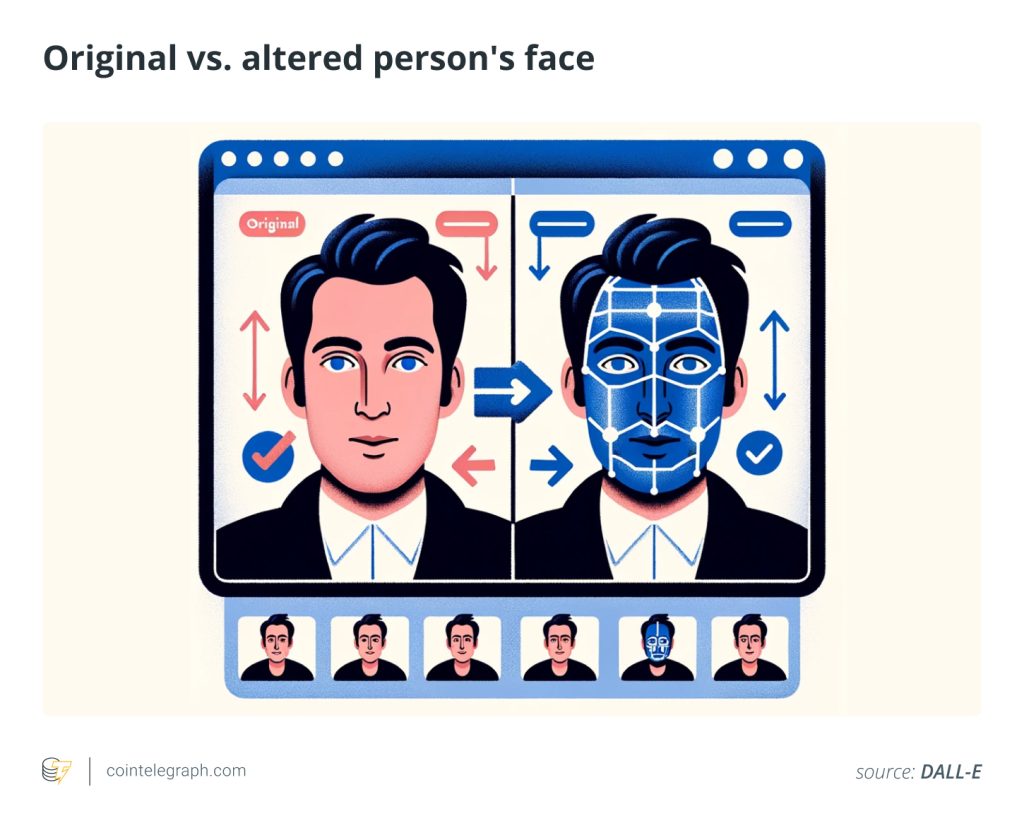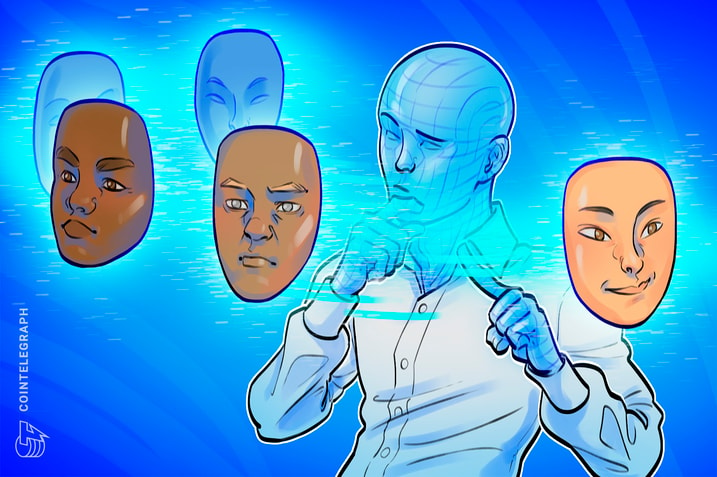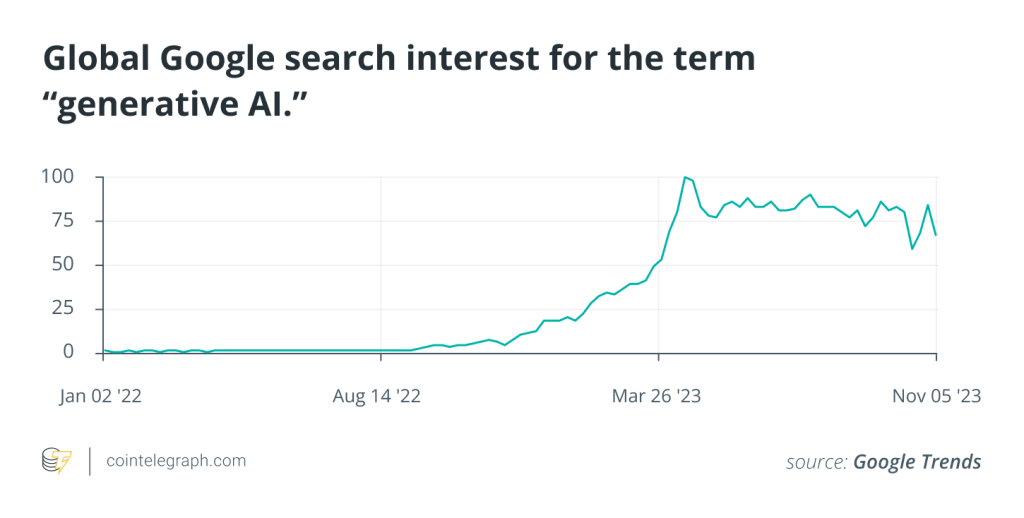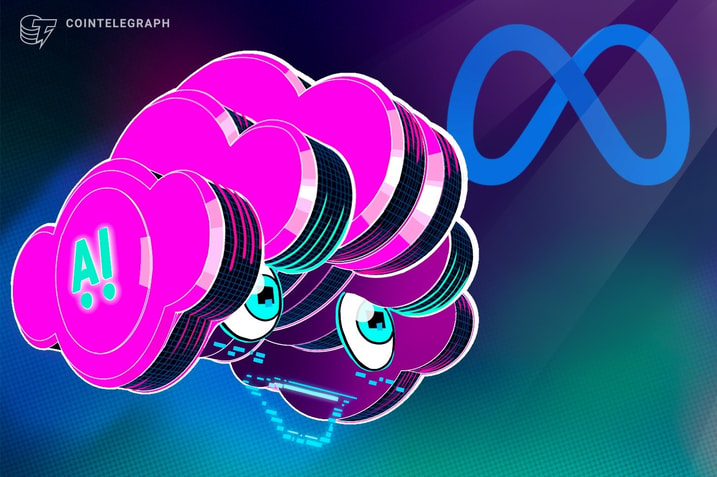European Commission seeks input on AI misinformation guidelines for elections

The guidelines aim to reduce democratic threats posed by generative AI and deepfakes in the upcoming European elections in May.

The European Commission will require tech platforms like TikTok, X and Facebook to detect artificial intelligence (AI)-generated content to safeguard upcoming European elections from misinformation.
The commission has initiated a public consultation on proposed election security guidelines for very large online platforms (VLOPs) and very large online search engines (VLOSEs). The recommendations aim to reduce democratic threats posed by generative AI and deepfakes.
The draft guidelines offer examples of possible measures to address election-related risks, including specific actions related to generative AI content, planning for risk mitigation before or after an electoral event, and providing clear guidance for European Parliament elections.
Generative AI can mislead voters or manipulate electoral processes by creating and disseminating inauthentic, misleading synthetic content regarding political actors, false depiction of events, election polls, contexts or narratives.
Ensuring election integrity means protecting public discourse – much of which occurs online.
We are seeking views on our draft Digital Services Act guidelines to address the emerging online risks to electoral processes while safeguarding the building blocks of our democracies ↓
— European Commission (@EU_Commission) February 8, 2024
Currently open for public consultation in the European Union until March 7, the draft election security guidelines recommend alerting users on relevant platforms to potential inaccuracies in content produced by generative AI.
According to the draft, the guidelines also suggest guiding users to authoritative information sources and state that tech giants should implement safeguards to prevent the generation of misleading content with significant potential to impact user behavior.
On AI-generated text, the current recommendation is for VLOPs/VLOSEs to “indicate, where possible, in the outputs generated the concrete sources of the information used as input data to enable users to verify the reliability and further contextualize the information.”
The draft guidance’s proposed “best practices” for risk mitigation draw inspiration from the EU’s recently approved legislative proposal, the AI Act, and its non-binding counterpart, the AI Pact.
Related: The EU’s Artificial Intelligence Act, explained
Worries about advanced AI systems, such as large language models, have emerged since the viral surge of generative AI in 2023, making tools like OpenAI’s ChatGPT widely known.
The commission didn’t say when exactly companies will be compelled to label manipulated content under the EU’s content moderation law, the Digital Services Act.
However, in a company blog post, Meta announced plans to introduce fresh guidelines concerning AI-generated content on Facebook, Instagram and Threads in the coming months. Any content recognized as AI-generated, whether through metadata or intentional watermarking, will receive a visible label.





… [Trackback]
[…] Here you can find 58801 more Info to that Topic: x.superex.com/news/ai/4316/ […]
… [Trackback]
[…] Find More on that Topic: x.superex.com/news/ai/4316/ […]
… [Trackback]
[…] Read More Information here to that Topic: x.superex.com/news/ai/4316/ […]
… [Trackback]
[…] Read More here to that Topic: x.superex.com/news/ai/4316/ […]
… [Trackback]
[…] Info on that Topic: x.superex.com/news/ai/4316/ […]
… [Trackback]
[…] Here you can find 64180 additional Info on that Topic: x.superex.com/news/ai/4316/ […]
… [Trackback]
[…] Info on that Topic: x.superex.com/news/ai/4316/ […]
… [Trackback]
[…] Information to that Topic: x.superex.com/news/ai/4316/ […]
… [Trackback]
[…] Info on that Topic: x.superex.com/news/ai/4316/ […]
… [Trackback]
[…] Read More on on that Topic: x.superex.com/news/ai/4316/ […]
… [Trackback]
[…] Read More on that Topic: x.superex.com/news/ai/4316/ […]
… [Trackback]
[…] Find More Info here to that Topic: x.superex.com/news/ai/4316/ […]
… [Trackback]
[…] Find More to that Topic: x.superex.com/news/ai/4316/ […]
… [Trackback]
[…] Read More Information here on that Topic: x.superex.com/news/ai/4316/ […]
… [Trackback]
[…] Information to that Topic: x.superex.com/news/ai/4316/ […]
… [Trackback]
[…] Here you can find 35687 additional Info to that Topic: x.superex.com/news/ai/4316/ […]
… [Trackback]
[…] Read More here on that Topic: x.superex.com/news/ai/4316/ […]
… [Trackback]
[…] Info on that Topic: x.superex.com/news/ai/4316/ […]
… [Trackback]
[…] There you will find 56758 additional Info on that Topic: x.superex.com/news/ai/4316/ […]
… [Trackback]
[…] Find More Information here on that Topic: x.superex.com/news/ai/4316/ […]
… [Trackback]
[…] Find More to that Topic: x.superex.com/news/ai/4316/ […]
… [Trackback]
[…] Read More Information here on that Topic: x.superex.com/news/ai/4316/ […]